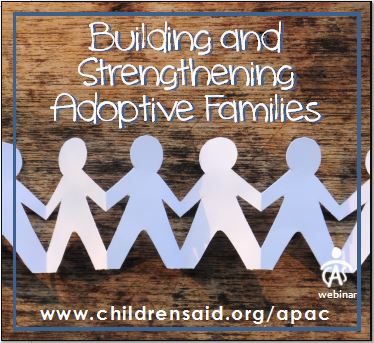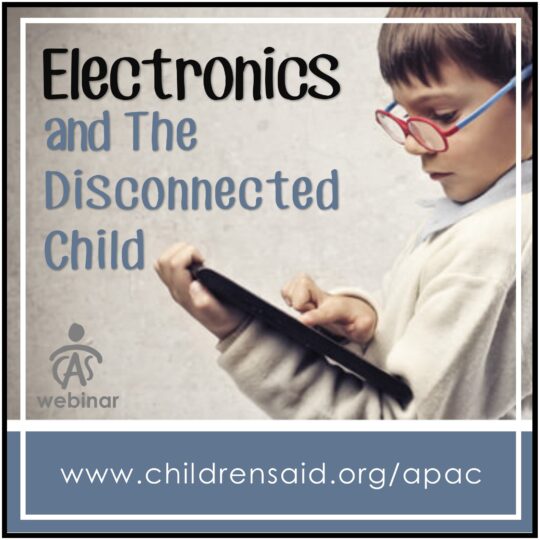Anti-Human Trafficking Training for Professionals in Healthcare
Event Date:
January 30, 2025
Event Time: 11:45 AM (01/30/2025) - 01:00 PM ()
Event Type: Live In-person
Total CE Credits: 1
General Admission: $0 CE Cost: $0
This webinar has already ended.
Description

Training Objectives:
Many individuals who have experienced trafficking encounter health care and social service professionals during and after their exploitation but remain unidentified.
This introduction equips professionals like medical social workers, nurses, technicians, and intake with information to recognize, rethink and respond to individuals who are at risk of trafficking, currently experiencing trafficking, or who have experienced trafficking.
This one-hour training course provides an overview of human trafficking including child trafficking, sex, labor, and on-line exploitation.
One CEU Hour: General CEU or Social Work (SW) CEU certificate will be provided.
Speaker & Bio
Muti-Disciplinary Training Team
Itinerary
Training Outcomes:
This class is an introduction for professionals in a healthcare setting around the topic of human trafficking, commercially sexually exploited children (CSEC), labor trafficking, on-line exploitation.
Outcome goals: Staff understand issues related to CSEC, labor trafficking, risk factors, signs of exploitation, and how to support those who have been or are at risk of being trafficked. It has been shown that training, using appropriate interview techniques/questions and being aware of risk factors are key to identification of and assistance to those affected by trafficking.
Topics Covered:
--Definition of human trafficking including child sex, labor and servitude trafficking
--legal issues related to human trafficking of adults and children
--elements of commercial sexual exploitation and labor trafficking
--interpret acronyms of commonly used terms
--understand uniform response protocol, who to call and how to respond to suspected trafficking of persons
--understand importance of trauma-informed victim-centered response and services
--Identify common physical and behavioral indicators as well as risk and warning signs
--Describe how societal factors including grooming, on-line recruitment, social media, foreign-born status contribute to exploitation
--Identify tools that can be utilized in the identification and assessment and support of survivors of trafficking


